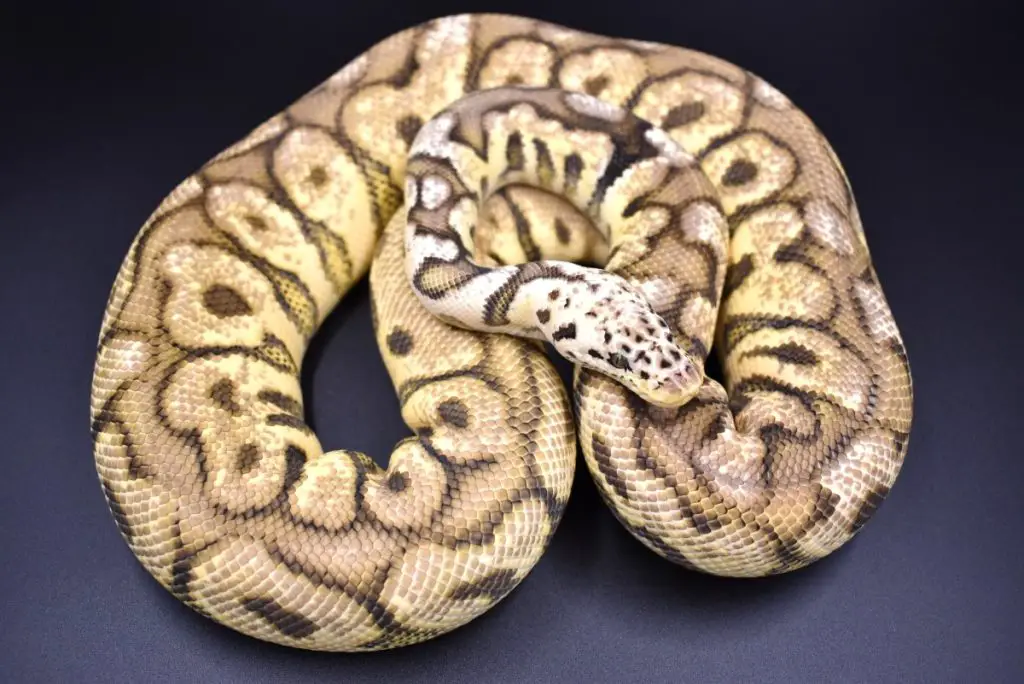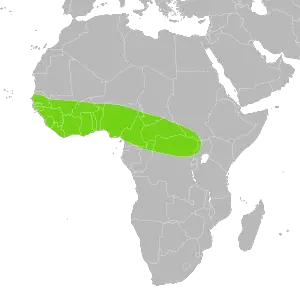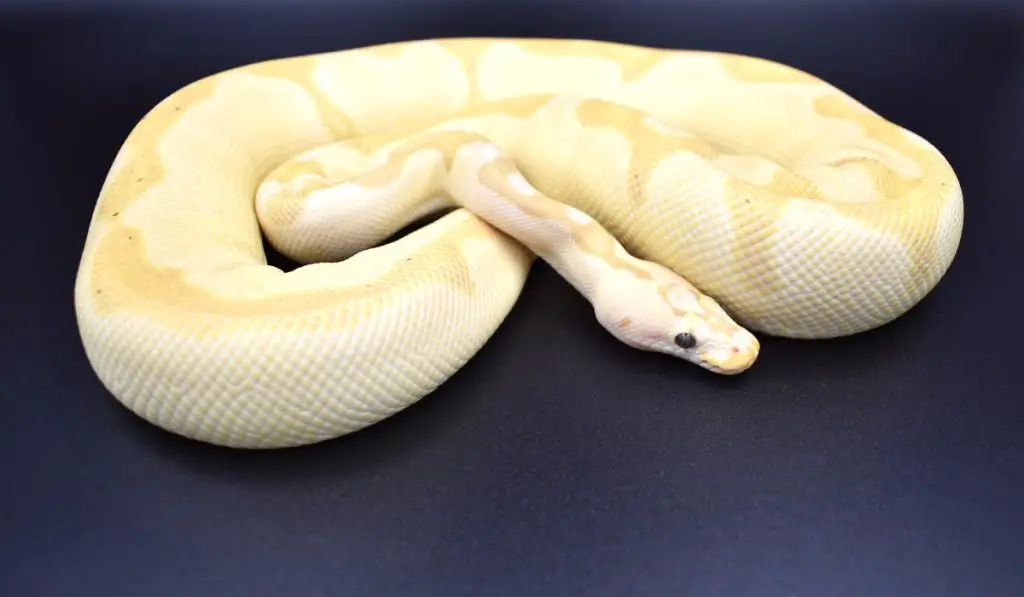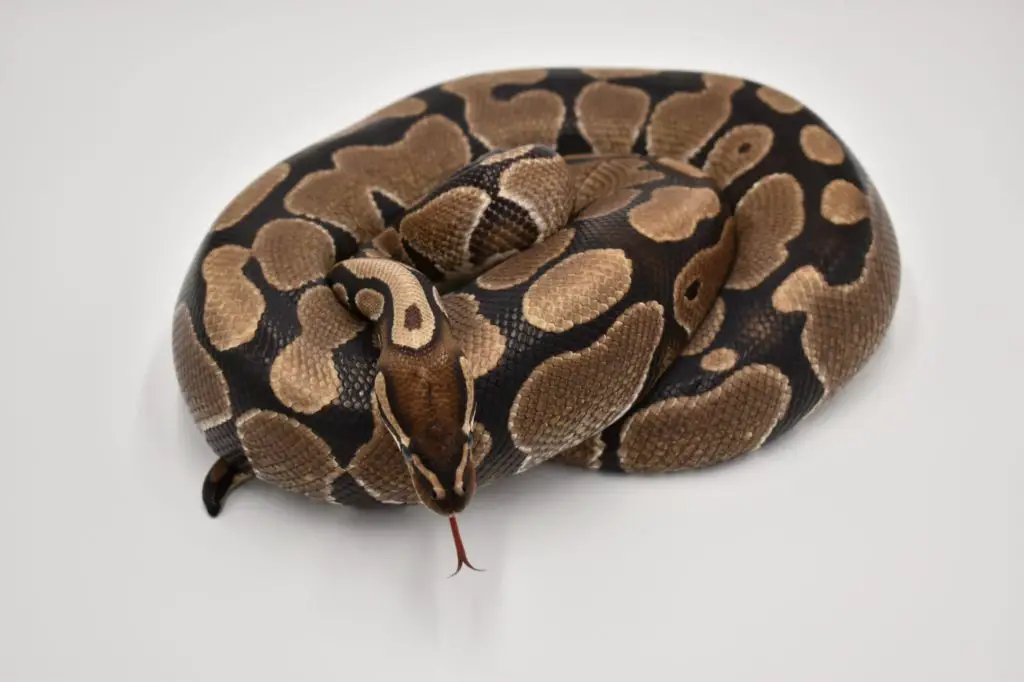Here it is everyone: The first Ball Python care sheet written by a herpetologist-turned-hobbyist, in consultation with other breeders. This is the most comprehensive Ball Python husbandry guide on the net – with your snake’s health and happiness put first.
How to use this guide
When I was writing this guide two things occurred to me:
- There’s no way I can cover all aspects of Ball Python husbandry in a typical 1500 word blog post.
- It’s no fun trying to find what your looking for in a huge, long piece of writing.
To get around these issues, I’ve broken everything down into topics. That way you can look through the table of contents and head over to exactly what you’re looking for. Within each topic, you’ll also find a range of in-depth articles for further reading.
If you’d like to hear me describe how to use this guide, check out the video below. If not, scroll down to find the table of contents.
Table of Contents
- Introduction *You are here
- Enclosure guidelines
- Substrate, decorations and hiding places
- Temperature and Light
- Humidity, water, and shedding
- Ball Python Size
- Handling
- Diet (includes hunting and heat pits)
- Health, hygiene, and diseases
- Breeding
- Eggs

An introduction to Ball Pythons
Ball Pythons, also known as Royal Pythons, are exceptionally well-adapted to captive life. This is in great part thanks to their modest size, and shy, retiring temperament.
In the wild, Ball Pythons live in West and Central Africa, mainly in savannah and dry forest, but also in farmland and even some rainforest areas. Throughout these different habitats, they spend daylight hours in rodent burrows and other hiding places, before venturing out at night to hunt or ambush prey.
Back in the 90’s large numbers of wild-caught Ball Pythons were imported to the US and Europe, mainly from Benin, Ghana and Togo. These creatures were almost always dehydrated, severely stressed, and loaded with parasites by the time they made it to your local pet store.
Many of them would succumb to necrotising dermatitis or respiratory infections, while others would only survive in captivity if subjected to months of veterinary treatment and force-feeding.
Thankfully, some reptile enthusiasts and zoologists managed to establish healthy, breeding populations of captive Ball Pythons – greatly reducing the wild-caught trade.
Thanks to these people you can now acquire healthy, captive-bred snakes, safe in the knowledge that they are acclimatised to captive life and will be happy as long as you know how to care for them correctly.
That’s where this care guide comes in: I’ve done an article on every single aspect of Ball Python husbandry. If you’re looking for information on any topic, you can get it here!

Natural History of Ball Pythons
These cute little snakes come from a scary neighborhood in terms of predators. They contend with Monitor Lizards, Baboons, and a variety of predatory mammals throughout their natural range.
To survive, they’ve adapted to spending a lot of time hiding, and have become positively thigmotactic. This means that being in secure, snug hiding places like rodent burrows makes them feel safe.
Understandably, it’s more than a little surprising to new keepers that they are in fact closely related to some of the largest, most capable predators in the world: the “true” Pythons. This term means any snake in the genus Python.
As members of the true Python group, the Ball Python’s closest relatives include the African Rock Pythons (Python natalensis and Python sebae), and the Burmese Python (Python bivittatus).
| Class: | Reptilia |
| Order: | Squamata |
| Suborder: | Serpentes |
| Family: | Pythonidae |
| Genus: | Python (the “true” pythons) |
| Species: | Python regius |
But how does being a pint-sized snake in a family of giants help them? Basically, it allows them to exploit a different niche to their larger relatives.
Being only 3.5-4.5ft (107-137cm) long means that Ball Pythons can exploit rodent burrows as refugia, and feed on the rodents themselves. This small, sneaky life as rodent specialists has allowed them to exploit a range of habitats, but has made them especially well-suited to survival in agricultural areas.
Take a look at the distribution map below. Even in the densely population coastal areas of west Africa, Ball Pythons are still reasonably common.

Why Ball Pythons Make Great Pets
Ball Pythons (Python regius) make great pets for a number of reasons. So much so that they are now one of the most popular snake species for both beginner and advanced herpetoculturists around the world.
In fact, if we could describe the good-old Corn Snake as the first domesticated snake, then the Ball Python is definitely the second. It exists now in stunning colour and pattern combinations (morphs) that would never have been seen in the wild – and which in great part have contributed to its success in the pet trade. Check out the Ball Python below, for example.

Obviously morphs aren’t the only thing that has contributed to the popularity of Ball Pythons. In my mind there are three main reasons they make excellent pets:
- Small Size. They rarely get over 5 ft (152cm), and most don’t get over 4 ft (120cm). This makes them easy to house, even in an apartment.
- Temperament. Ball Pythons are docile. After all, the name Ball Python comes from their defensive behavior of rolling into a ball when threatened, rather than fighting.
- Ease of care. Ball Pythons are easy to care for, low-maintenance pets that can live for thirty years or more.


Thanks for posting this. It’s so comprehensive – I’ve been finding it such a useful resource as a beginner to keeping snakes.
Thank you Josh, I appreciate the feedback!
Wow, this is a great resource! I’m a total newbie looking into getting this beautiful snake and it’s a minefield of information. This is presented very sensibly, thank you so much.
You’re very welcome Kat! Thank you for the great feedback, Will
Hello, I have a question about heat matts and dimming thermostats, can I use them both together as you don’t mention that you can on the care sheet.
Hi Dayna, thanks for asking about this – I’ll add it to the Care Sheet ASAP! To answer your question, no you should not use a dimming thermostat to regulate a heat mat. Instead, use either an on/off thermostat (often called a “mat stat”) or a pulse-proportional thermostat. Let me know if you have trouble finding one, Will
Hello,
Thank you for getting back to me would you say a pulse proportional thermostat would be better than an on/off stat, for accurately heating the heat mat.
No problem, Dayna. Yes, pulse proportional are definitely a lot better. Although on/off stats are technically safe, they vary by several degrees whereas pulse proportional are much more accurate.
Thank you I have ordered pulse proportional thermostat for them if I got a holder for the heat mat in a vivarium would that be fine, thank you for answering all my questions.
Yes that would be fine. Just make sure that you attach the thermostat probe securely to the top of the holder so that it can’t overheat. You’re welcome, I’m happy to answer quesions!